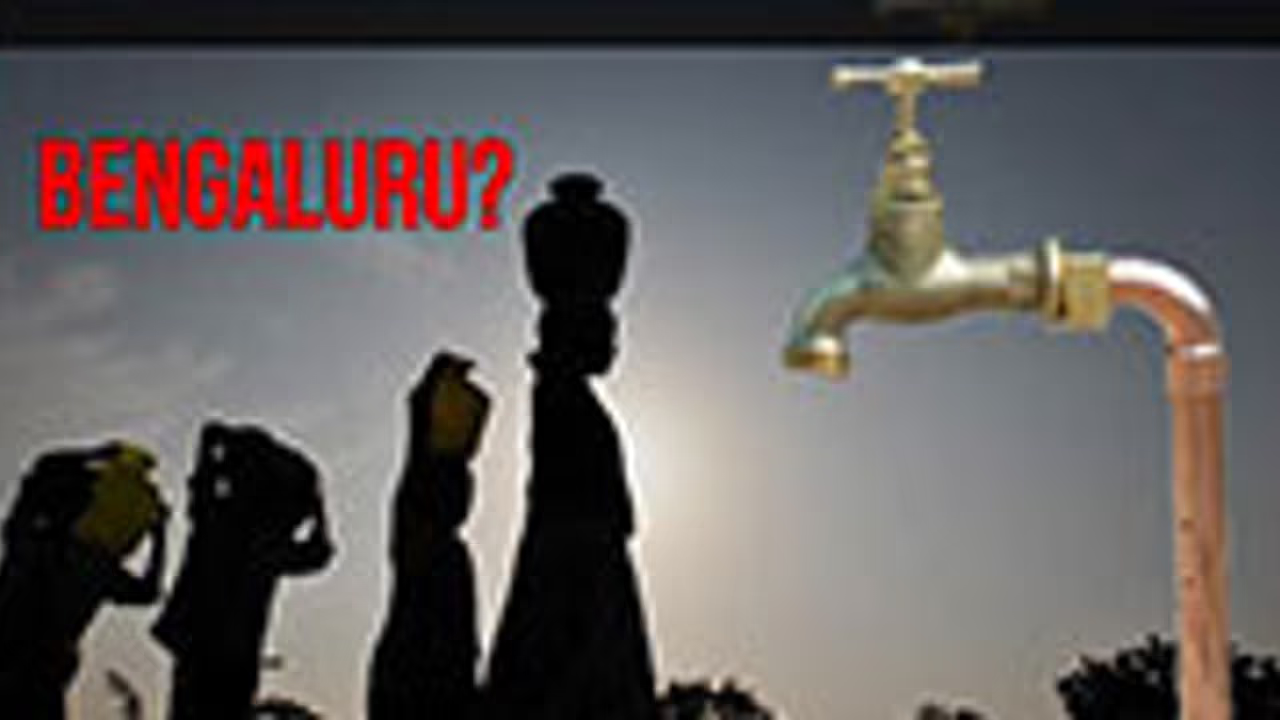Bengaluru is the second city named in the cities of world in danger of having no drinking water by 2030, reported BBC Bengaluru is the only city in India to get listed in the dangerous water table study Here is what a common person in Bengaluru can do to save water
Yes, it is shocking. Bengaluru is the second city named in the cities of the world in danger of having no drinking water by 2030, reported BBC.

According to UN-endorsed projections, global demand for fresh water will exceed supply by 40% in 2030, due to a combination of climate change, human action and population growth, stated BBC.
Here is the list of 10 cities in the world which if action not taken immediately, will run out of water to drink in 2030.
1. São Paulo
2. Bengaluru
3. Beijing
4. Cairo
5. Jakarta
6. Moscow
7. Istanbul
8. Mexico City
9. London
10. Tokyo
What's happening in Bengaluru?
Recently, the Congress government was batting to develop Bengaluru as the second Capital of India. But here is shocking news, the city might go dry in another 12 years. From IT to real estate to education, Bengaluru is the hub of industries and growing preference for residences as well.
With lakes either dried up, encroached or overflowing with toxic waste and foam, the report states that 85% of the water could only be used for irrigation and industrial cooling and not a single lake had suitable water for drinking or bathing.
Thus, though lakes are the major source of collecting water, common people do not have a hold on it. Putting pressure on authorities concerned is the only way left for this large-scale conservation.
However, there are nine simple steps which every Bengalurean can followbto conserve water and save Bengaluru from drying up.
1) Rainwater harvesting: Rainwater harvesting should be installed when a house is built. Even after building the house, this system can be installed to stop the rainwater from flowing into drains. Instead, collect it and use it for various purposes. If the water is left to percolate, this will ensure the rising water level and ample drinking water in and around.
2) Stop sinking borewells: Borewells are the main culprits which deplete the water level. Borewells just suck the water from the waterbed and do not contribute to regeneration as the case in percolation. License to more borewells should be given only in worst cases.
3) Fix the leaks: A leak of one drop per second wastes more than 25 litres of water a day – that’s about 10,000 litres of water a year. Thus stop leakage of water inside your house.
4) Use of low flow water aerators: These aerators can ensure up to 50% reduction in water wastage. They are inexpensive and easy to install. In addition, it also reduces the energy cost of heating the water by as much as 50%.
5) Install aerator shower: The regular shower dispenses 15 to 20 litres water per minute. But a shower fitted with water-saving shower uses 50% less water.
6) Use low flow flushing in the toilet: The old flushing system uses more than 12 litres water in each flush. If water-efficient flushing system is installed, you can save four litres of water per flush.
7) Full loaded washing machine: Use your washing machine only when it is fully loaded with clothes. New energy star-rated washing machines need 35 – 50% less water and also saves up to 50% less energy per wash.
8) Do not use the pipe to wash cars: You can take a bucket, rinse a cloth with soapy water and clean the car. Then clean it with another bucket of clean water and a clean cloth rather than using water from the pipe. It saves at least 80 % of water.
